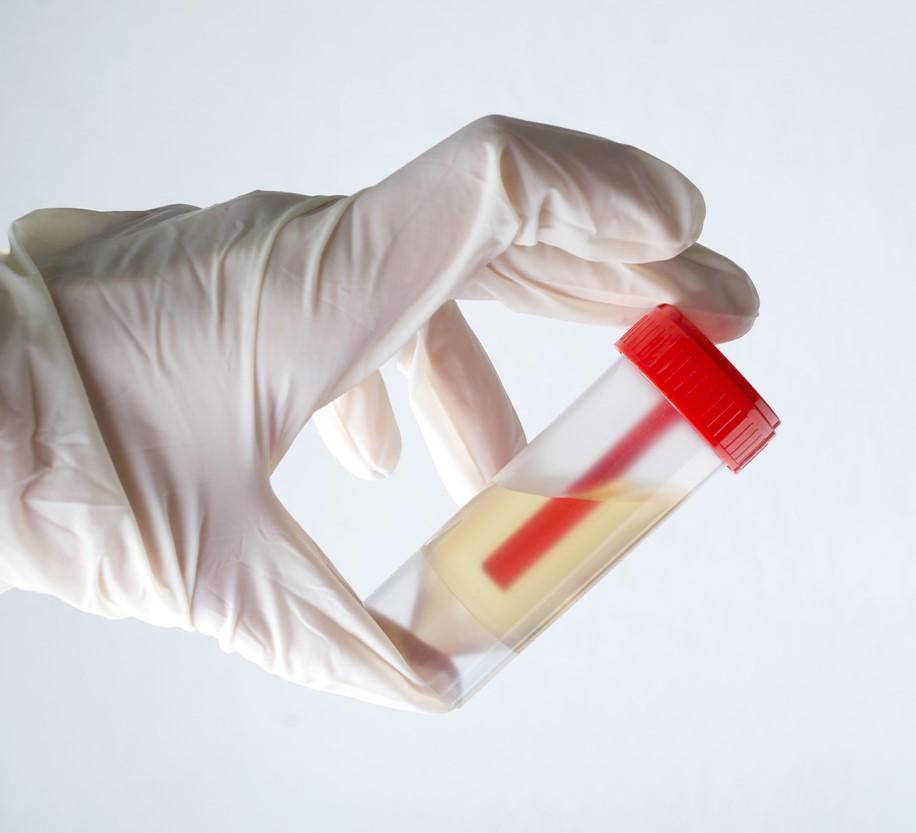New data presented last week at the IDWeek conference suggests diagnostic stewardship can play a critical role in reducing unnecessary antibiotic use in patients who are treated for a urinary tract infection when they don't actually have one.
In a quality improvement study conducted at 46 hospitals in Michigan over 3 years, a team of researchers found that a significant decline in unnecessary antibiotic treatment for asymptomatic bacteriuria (ASB) among hospitalized patients was mostly driven by a decline in ordering unnecessary urine cultures, and not by reduced antibiotic prescribing.
ASB signifies the presence of bacteria in the urine without symptoms of an infection. Despite national guidelines that advise against antibiotic treatment for this condition, up to 80% of patients with ASB receive antibiotics unnecessarily and for prolonged durations, which promotes antibiotic resistance and can lead to side effects and longer hospital stays.
The study authors say the findings are a sign that efforts to combat antibiotic resistance could start well before an antibiotic prescription is written.
"Diagnostic stewardship focuses not on the antibiotics but on the urine cultures that happen ahead of time, which can often trigger providers to prescribe antibiotics," lead study author Valerie Vaughn, MD, of the University of Utah Medical School, said at a press briefing. "Moving forward, hospitals and [professional] societies should really try to prioritize diagnostic stewardship for urine cultures in order to improve antibiotic prescribing for asymptomatic bacteriuria."
Improvement driven by reducing unnecessary tests
Vaughn said the study stemmed from an emerging conversation about the most effective strategies for addressing what has been a long-running problem in healthcare settings. While antibiotic stewardship strategies like audit-and-feedback have been found to be effective for reducing unnecessary antibiotics for ASB in several studies, there's growing interest in what role cutting unnecessary urine cultures might play.
"I wanted to answer this debate that we've been having within stewardship of whether diagnostic stewardship or antibiotic stewardship is more effective for reducing antibiotic treatment for asymptomatic bacteriuria," she said.
To do so, Vaughn and her colleagues analyzed data on 14,572 patients who had positive urine cultures from July 2017 through March 2020 at the 46 hospitals participating in the Michigan Hospital Medicine Safety (HMS) Consortium.
The consortium is a statewide quality improvement collaborative that aims to improve care for hospitalized patients who are at risk for adverse events by sharing data and best practices from high-performing hospitals and instituting pay-for-performance metrics. Since 2018, reducing unnecessary treatment for ASB has been among the pay-for-performance metrics at HMS hospitals. The primary outcome of the study was whether there was an overall decline in antibiotic treatment for patients with ASB at HMS hospitals.
To determine the role of diagnostic and antibiotic stewardship in that decline, the investigators then estimated the change over time in the percentage of patients with positive urine cultures who had ASB (a diagnostic stewardship measure) and the change in the percentage of patients with ASB over time who were treated with antibiotics (an antibiotic stewardship measure). They also looked at changes in antibiotic duration.
Of the 14,572 patients with a positive urine culture, 28.4% had ASB. Of those patients, 76.8% were treated with antibiotics. Over the entire study, antibiotic prescribing for patients with ASB declined from 29.0% to 16.9%—a relative decline of 41.7%.
But that decline was driven largely by a reduction in unnecessary urine cultures. After adjustments, the percentage of patients with a positive urine culture who had ASB declined from 34.1% to 22.5%. At the same time, the percentage of patients with ASB who were treated with antibiotics remained relatively stable, with a statistically non-significant decline from 82% to 79%. And antibiotic duration for patients with ASB changed only marginally. The adjusted mean duration fell from 6.38 days to 5.93 days.
"We really found that a positive urine culture is such a strong nudge or signal that people should treat those patients with antibiotics that we didn't see any improvement from that side, but we saw a huge improvement [overall], and it was really driven by improving or reducing unnecessary urine cultures," Vaughn said.

























